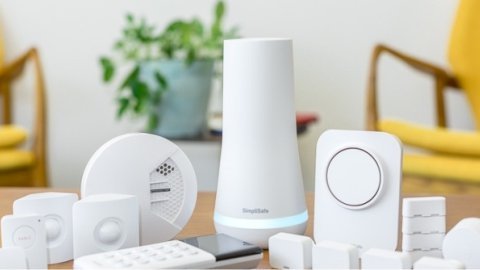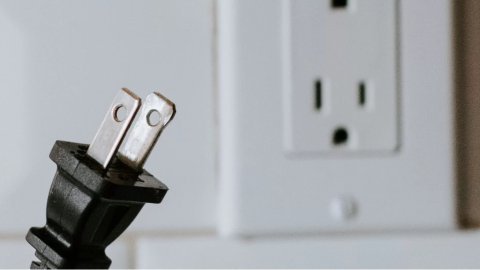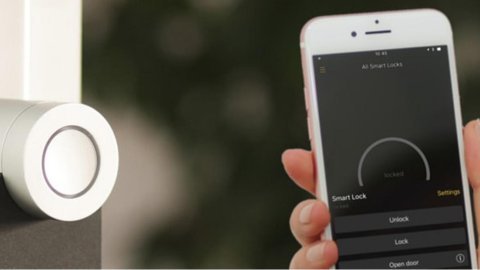Smart homes
Everything you need to know before starting a new project
Nowadays, technology has been taking over people’s lifestyles, as there are already an endless number of smart items that facilitate the daily life of users, from a smart watch, capable of measuring your heart rate, to a tool that is able to clean your house without any problem. However, these solutions have gone even further, to the point of offering a house that can turn off the lights by itself, and even activate the alarm remotely. Adapting these automated systems to a house could be a challenge, so certain aspects must be considered to include it in a project focused on creating a smart home.
What is domotics?
Domotics is the set of technologies and intelligences applied to the automation and control of a home, which respond to the needs of those who live there. This is carried out by means of automatic systems that allow a safer and more comfortable space, which in the long term, will save energy and therefore money.


Developing projects focused on domotics may sound minor, since compared to other investments at engineering level, the cost of this may be very low, however, makes it a great opportunity as an architect and an advantage for those who decide to enjoy and invest in such intelligent system. So definitely making a smart house could take you to another level and increase your competences; for this we have identified aspects that you should consider before applying it in your project:
Experiencing domotics
This first aspect is very important because by giving you the opportunity to experience these systems you will be able to understand the true value and therefore, provide an accurate message to your client of the real advantages of this system and how their life will never be the same again. For this, giving them the opportunity to experience it will greatly increase the chances of convincing them, since they can turn off the light with their own voice, lower its intensity or the temperature of the environment, could be quite convincing.


The user must define what he/she wants to control
Once the user can experience the intelligence, it is likely to show enthusiasm and want to control everything in the house, so we recommend that this is oriented in a timely manner to decide wisely what will be the features to control, because while turning on the lights or turn on security alarms are worth controlling automations, but it is definitely not ideal to decide to control a coffee maker, as it will not make a big difference in lifestyle.


It is better to generate comprehensive solutions
Once the client has accepted and defined the systems to be automated, we recommend planning solutions that are capable of programming and controlling environments, which means that many things can be done at the same time and programmed as a single one to make the commands more efficient, for example, when waking up and the alarm sounds, the curtain can be cleared, the light can be controlled, among other provisions. Of course, it can be implemented separately, however, synthesizing it could make everyday life easier.


There is no difference between an electrical plan and a domotics plan
Likewise, to carry out this project on site, it is only a matter of defining the locations of switches, devices and their functions. So that with the electrical plan, the company is responsible for intervening the electrical installation of the construction site to incorporate the appropriate wiring for home automation (UTP), which is simpler than the traditional, as well as this uses a single duct. It should be noted that the automation installations should be made during the electrical installation, since if done after the necessary installations the process is more complex.


A correctly programmed domotic system will reduce energy costs
By establishing an automation, will have the benefit of programming and control certain energy aspects, for example, to control that spaces that are not in use are completely off. An example would also be if the user opens the window and the heating is on, so it will automatically turn off to avoid energy expenditure. As mentioned above, there are many automatic and controllable alternatives that may involve a reduction in energy costs.


The alarms implemented in the system will allow remote monitoring for hazards and intruders
Through the surveillance cameras connected to the telephone, it is possible to see in real time and remotely what is happening. Likewise, in the event of water or gas leaks, the system sends an alert to close the pipelines, providing a provisional solution until the leak is definitively fixed.


In conclusion, the domotic system has been integrated into the daily life of the users who have had access to these services, since it has undoubtedly been a solution that facilitates many processes. Once the user experiences these benefits, it is difficult to disengage from them. Therefore, offering innovative alternatives could position the project leader as a professional who is always up-to-date and contemporary.
Just as the electrical plan provides a guide for the installation of the domotic system, the engineering of the installations will be for those who carry out this project with the certainty that it will not fail in the long term.
Sources: José Tomás Franco. (08 de enero de 2019) ¿Cómo diseñar casas inteligentes? 8 consejos para incorporar la domótica en la arquitectura. Arch Daily. https://www.archdaily.mx/mx/905593/como-disenar-casas-inteligentes-8-consejos-para-incorporar-la-domotica-en-la-arquitectura.
Comments
We are interested in your opinion, please leave us a comment